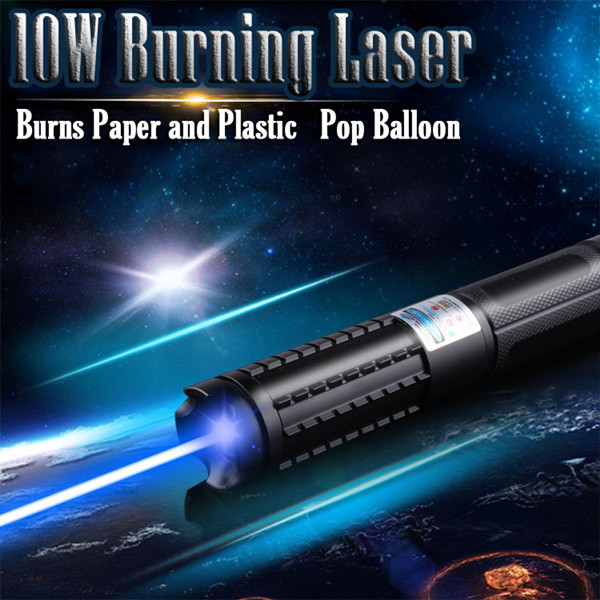Laser cutting is to irradiate the workpiece with a focused high power density laser pointer beam so that the irradiated material quickly melts, vaporizes, ablate or reaches the ignition point, and at the same time, the molten material is blown off by the high-speed airflow coaxial with the beam, thereby realizing the workpiece Cut open. Laser cutting is one of the thermal cutting methods. Compared with other thermal cutting methods, the specific advantages of laser cutting can be summarized as follows:
Good cutting quality: due to the small laser spot, high energy density, and fast cutting speed, laser cutting can obtain better cutting quality. ①The laser cutting incision is narrow and narrow, the two sides of the slit are parallel and perpendicular to the surface, and the dimensional accuracy of the cut parts can reach ±0.05mm. ② The cutting surface is smooth and beautiful, the surface roughness is only a few tens of microns, and even laser cutting can be used as the last process, without mechanical processing, parts can be used directly. ③After laser cutting, the width of the heat-affected zone is very small, the performance of the material near the slit is almost not affected, and the workpiece deformation is small, the cutting accuracy is high, the geometry of the slit is good, and the shape of the slit cross-section is more regular Rectangle.
High cutting efficiency: Due to the transmission characteristics of the laser, the laser cutting machine is generally equipped with multiple CNC worktables, and the entire cutting process can be fully CNC controlled. During operation, only need to change the numerical control program, it can be applied to the cutting of parts of different shapes, both two-dimensional cutting and three-dimensional cutting.
Fast cutting speed: cutting a 2mm thick low carbon steel plate with a laser of 1200W, the cutting speed can reach 15000px/min; cutting a 5mm thick polypropylene resin board, the cutting speed can reach 30000px/min. The material does not need to be clamped and fixed during laser cutting, which can not only save tooling fixtures but also save auxiliary time for loading and unloading.
Non-contact cutting: There is no contact between the cutting torch and the workpiece during laser cutting, and there is no tool wear. For processing parts of different shapes, there is no need to change the "tool", only the output parameters of the laser need to be changed. The laser cutting process has low noise, small vibration, and no pollution.
There are many types of cutting materials: compared with oxyacetylene cutting and plasma cutting, there are many types of laser cutting materials, including metal, non-metal, metal-based and non-metal-based composite materials, leather, wood, and fiber. But for different materials, due to their own thermo-physical properties and different absorption rates of a green laser pointer, they show different adaptability of laser cutting.
The comparative advantage of laser processing. In summary, from the market situation, the laser processing market has grown steadily. Under the background of weak macroeconomic and industrial demand, laser processing equipment still maintains a steady growth in the industrial scale with its business demand in the high-end processing market. Compared with traditional machine tool cutting and other thermal processing, laser processing has multiple technical advantages, which are in line with the requirements of high precision, low wear, and high efficiency required by the high-end machining market.

